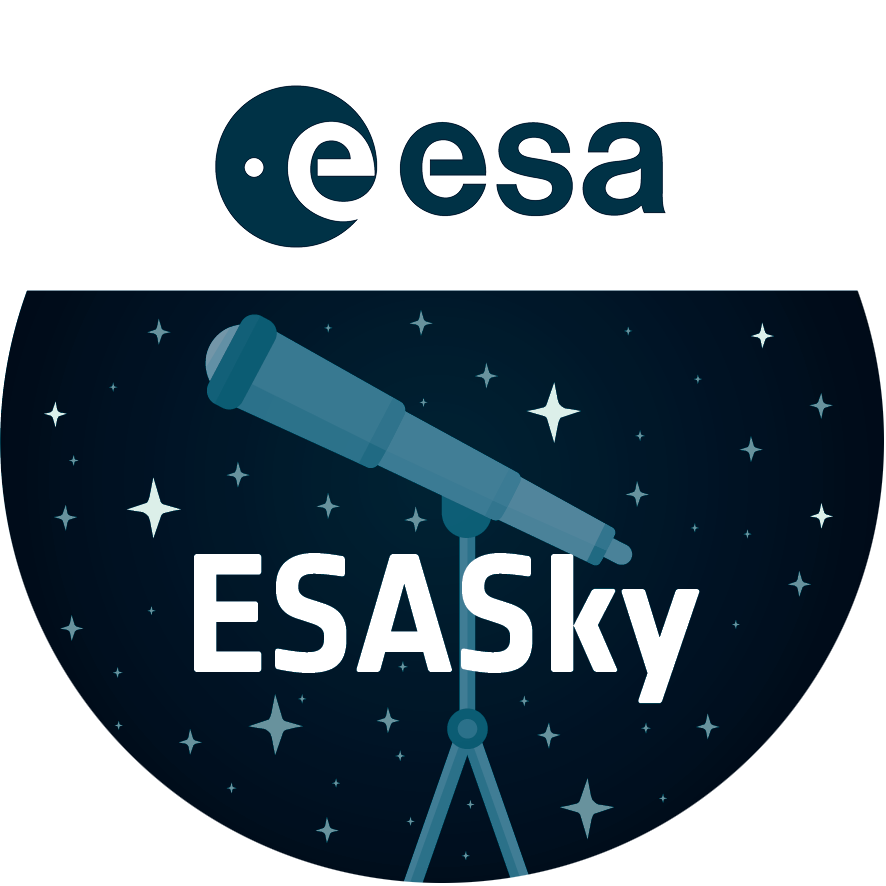A Weakened Black Hole Allows Its Galaxy to Awaken
The Phoenix galaxy cluster contains the first confirmed supermassive black hole that is unable to prevent large numbers of stars from forming in the core of the galaxy cluster where it resides.
Optical observations with the NASA/ESA Hubble Space Telescope provide evidence for further cooling of gas near the center of the Phoenix Cluster. Ten billion solar masses of cooler gas are located along filaments to the north and south of the black hole, which likely originate from outbursts by the supermassive black hole located in the center of the image.
This image was captured using observations from various telescopes. Optical light data from Hubble show galaxies (in yellow), and filaments of cooler gas where stars are forming (in light blue).
Link:
Credit:NASA, ESA, and NRAO
About the Image
NASA caption
| Id: | opo1944a |
|---|---|
| Type: | Observation |
| Release date: | 19 November 2019, 11:18 |
| Size: | 1306 x 1306 px |
About the Object
| Name: | Phoenix Cluster |
|---|---|
| Type: | Early Universe : Galaxy : Grouping : Cluster |
| Distance: | 6 billion light years |
| Constellation: | Phoenix |
| Category: | Galaxies |
Wallpapers
Coordinates
| Position (RA): | 23 44 47.70 |
|---|---|
| Position (Dec): | -42° 42' 40.15" |
| Field of view: | 0.74 x 0.74 arcminutes |
| Orientation: | North is 0.8° right of vertical |
Colours & filters
| Band | Wavelength | Telescope |
|---|---|---|
| X-ray 0.7–7.0 keV | 2.162 nm |
Chandra
ACIS |
| Optical g | 475 nm |
Hubble Space Telescope
ACS |
| Optical i | 755 nm |
Hubble Space Telescope
ACS |
| Optical Z | 850 nm |
Hubble Space Telescope
ACS |
| Millimeter X | 2.99702547 cm | Very Large Array (VLA) |


